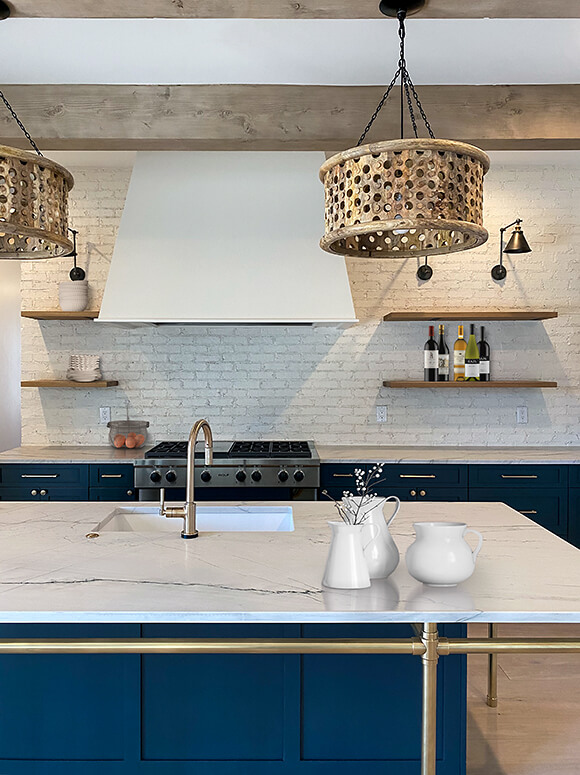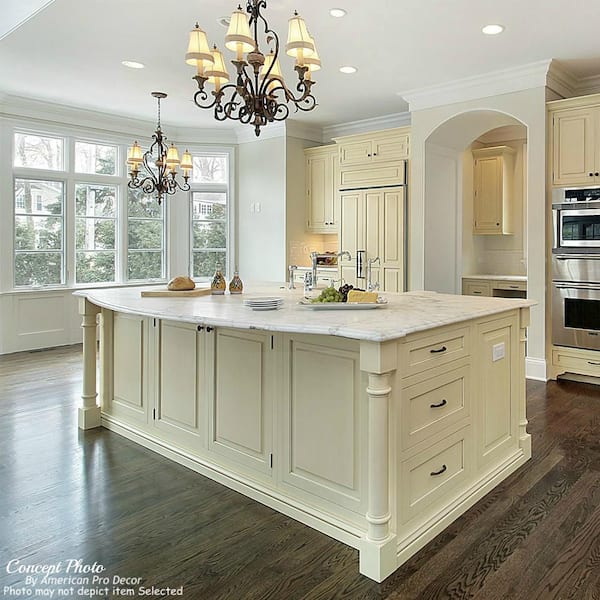Check Out Modern and Standard Designs in Legs For Kitchen Island Jobs
Check Out Modern and Standard Designs in Legs For Kitchen Island Jobs
Blog Article
Essential Factors to Consider When Selecting Legs For Cooking Area Island
Picking the ideal legs for a cooking area island includes a careful assessment of numerous variables that can dramatically affect both performance and aesthetic allure. Amongst these, the selection of product plays an essential role in ensuring resilience, while the design has to complement the existing design. Additionally, considerations such as elevation and weight support are essential for security and comfort. As we check out these elements, it comes to be clear that each decision can have far-ranging ramifications for the total kitchen area experience. What subtleties should be thought about in each of these categories to attain the optimal equilibrium?
Product Options
When selecting legs for a kitchen area island, recognizing the various material choices is crucial for achieving both aesthetic appeal and structural stability (Legs For Kitchen Island). The selection of material dramatically influences not only the toughness of the island yet additionally its total layout and performance
Wood is a popular selection, supplying warmth and versatility. Solid woods, such as oak or maple, offer stamina and can be tarnished or repainted to match the kitchen design. Metal legs, usually made from stainless steel or wrought iron, contribute a commercial and modern-day feeling while ensuring sturdiness and security. These products are immune to put on and can sustain significant weight, making them ideal for larger islands.
An additional alternative is crafted materials, like MDF or plywood, which can be much more affordable while still providing a range of finishes. However, they might not give the exact same level of stability as solid timber or steel. Last but not least, materials such as acrylic or glass can create a modern appearance, though they may require added assistance to guarantee stability.
Inevitably, the choice of material for cooking area island legs must align with the wanted performance and the overall motif of the cooking area.
Design and Style

When considering style, the shape and finish of the legs are crucial. Tapered legs can offer a sense of lightness and beauty, while thicker, much more robust legs can communicate stamina and stability. Furthermore, the finish-- be it painted, stained, or natural-- ought to complement the cabinetry and countertop materials to create a unified appearance.
In addition, the layout of the legs can additionally show individual taste. Customized or decorative legs, such as those featuring intricate makings or one-of-a-kind geometric forms, can serve as focal points, including character and character to the cooking area. Eventually, the right selection will not only improve functionality yet additionally raise the visual charm, making the kitchen area island a standout attribute of the home.
Elevation Considerations
Picking the suitable height for cooking area island legs is important, as it directly impacts both capability and comfort. The standard elevation for a kitchen area island generally varies from 36 to 42 inches, lining up with common kitchen counter heights. A 36-inch elevation is suitable for food preparation and cooking, enabling for comfortable usage of kitchen area devices and tools. Conversely, an elevation of 42 inches is frequently favored for islands meant for bar seating, fitting taller stools and using a casual eating experience.

It is additionally necessary to represent users' elevations and choices. Personalizing the elevation can make certain a comfy experience for all member of the family, making the cooking area island an extra useful and enjoyable area.
Weight Support
Guaranteeing ample weight assistance for kitchen island legs is crucial for both safety and capability. The kitchen you could try here area island often offers multiple objectives, including food prep work, dining, and added storage, demanding a robust support structure. When picking legs, it is vital to consider the general weight ability needed based upon the island's intended usage and the products that will be positioned on it.
The choice of product for the legs plays a significant function in their weight-bearing capabilities. Strong timber, steel, and durable compounds generally give exceptional toughness contrasted to lighter materials. Furthermore, the layout of the legs-- whether they are straight, tapered, or have a pedestal type-- can affect their capacity to distribute weight successfully throughout the structure.
Furthermore, the leg positioning need to be strategically prepared to improve security. Legs placed at the edges or with a wider base can better support larger lots. Always seek advice from the supplier's requirements concerning tons limitations to make sure that the legs can maintain the desired weight without compromising safety. In summary, choosing kitchen area island legs with appropriate weight assistance is necessary for developing a useful and secure cooking room.
Installment and Maintenance
Appropriate installation and upkeep of cooking area island legs are important for making sure durability and stability. To start, it is important to comply with the producer's guidelines throughout setup. This frequently involves safeguarding the legs to the island base using ideal fasteners, ensuring that the legs are degree and lined up. Utilizing a degree tool can aid stop wobbling and boost the general visual appeal of the cooking area island.
Once mounted, regular upkeep is necessary to protect the honesty and appearance of the legs - Legs For Kitchen Island. For wood legs, periodic cleaning with a wet cloth and application of appropriate timber polish can stop moisture damage and keep their finish. Metal legs may call for a gentle cleaning remedy to remove grease and crud, followed by a dry towel to prevent corrosion formation
Additionally, check the legs regularly for signs of wear or damage, such as fractures or loosened joints. Tightening screws or bolts as needed can likewise extend the life-span of the legs. By sticking to these installment and upkeep techniques, home owners can ensure that their kitchen island remains tough and visually appealing for years to come.
Conclusion

Visual coherence is critical in selecting the style and design of legs for a cooking area island, as these aspects greatly affect the general setting of the room. Conical legs can offer a feeling of agility and sophistication, while thicker, much more durable legs can share toughness and security.Selecting the suitable elevation for cooking area island legs is important, as it directly influences both functionality and convenience. In recap, selecting kitchen area island legs with adequate weight support is vital for producing a useful and secure cooking room.
In verdict, picking legs for a cooking area island demands cautious factor to consider of different aspects, consisting of material options, style, elevation, weight assistance, and installment.
Report this page